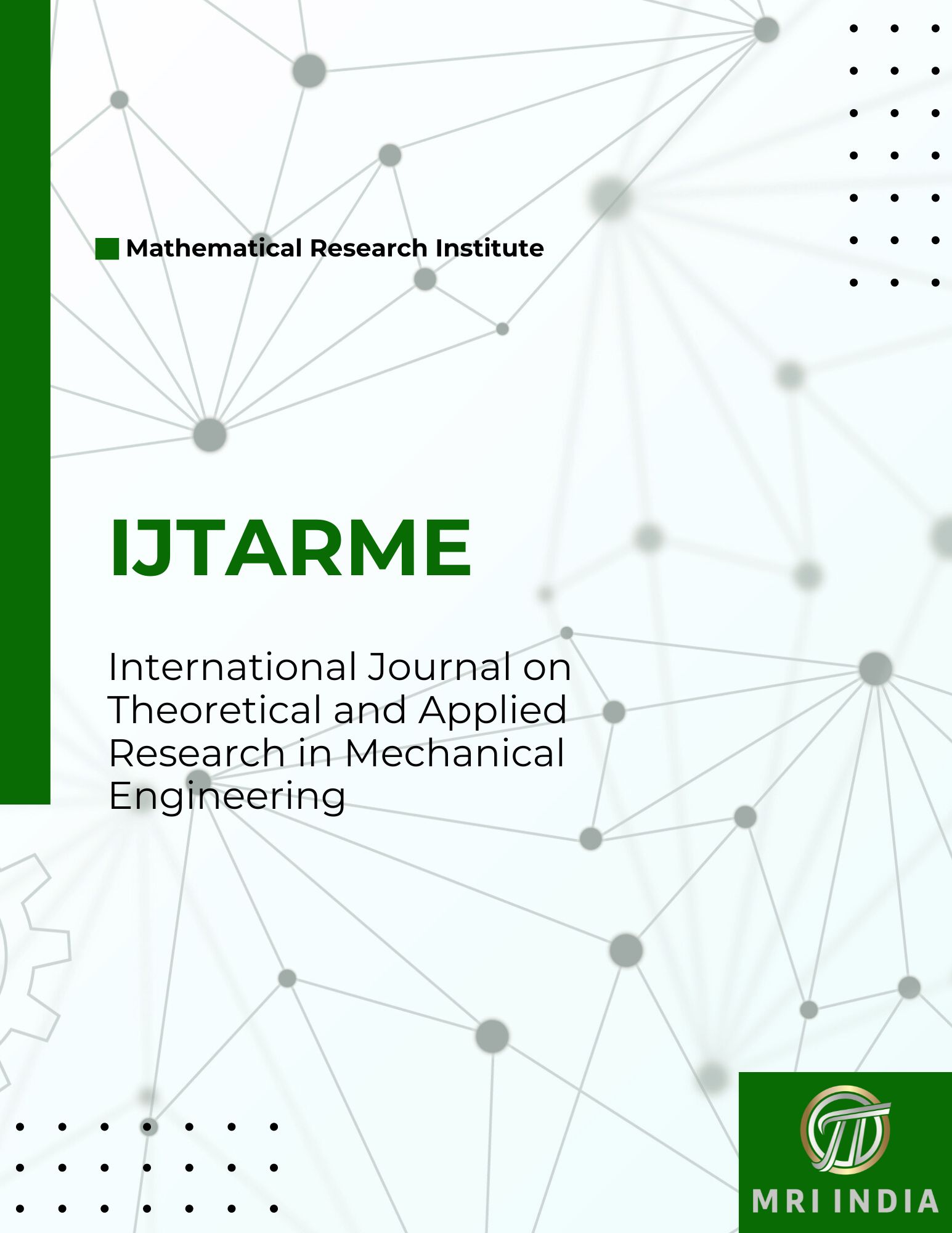Muscle Sensor Driven 3D Printed Prosthetic Arm
Main Article Content
Abstract
Over the past decade, humanity has pushed beyond its physical and cognitive boundaries, a movement recognized as transhumanism. In the fields of robotics and biomimetics, researchers are leveraging the intricate designs of biological structures to develop highly advanced, human-like artificial appendages. While lower extremity prosthetics have reached a stage where amputees can compete with professional athletes, upper limb prosthetics still lag significantly behind natural human hands in terms of functionality and dexterity.
This paper presents the development of an affordable, lightweight, and durable 3D-printed prosthetic arm designed to bridge this gap. It details the mechanical design, actuator development, and full-motion integration of the prosthetic limb. Furthermore, the study introduces an innovative classification approach that enables intuitive prosthetic control through electromyography (EMG) signals from the residual arm muscles.
By advancing the synergy between humans and machines, this research contributes to the ever-evolving landscape of human augmentation. Additionally, it aims to inspire students and researchers to explore transhumanist studies, utilizing emerging technologies such as bio-signal processing, AI-driven prosthetics, and adaptive control strategies to enhance prosthetic functionality.
